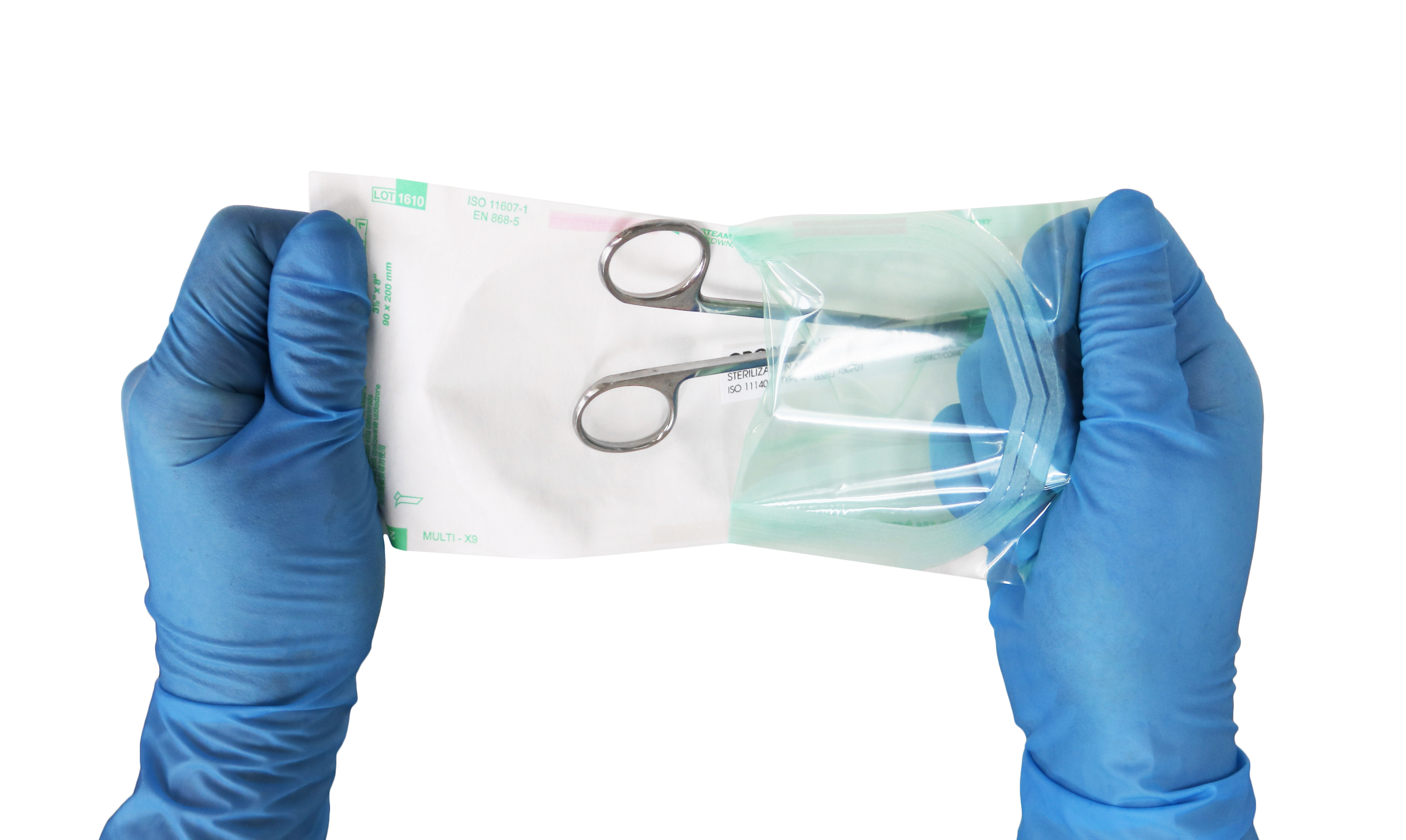GOING PUBLIC – ISSUE NO. 124
October 1, 2011
Last week, I had the opportunity to attend, and even present to, the AAMI/FDA Summit on Device Reprocessing. The two-day event was held at FDA Headquarters in Silver Spring, MD. This was a follow-up to the FDA sponsored event back in June. What I found so different about the format of this most recent get together is that the focus was on the audience. Essentially, the 2 days were broken into 1.5 hour topic sessions. The first half hour, a panel of 2 - 4 subject matter experts, gave a brief presentation about the subject at hand. The rest of the hour was spent with input and debate from the 270 people in attendance. In a way, it was a very large AAMI workgroup meeting.
Amongst the audience, there was a good cross section of industry stakeholders: healthcare professionals from sterile processing, surgery, endoscopy and infection control; device manufacturers; independent testing labs; and FDA and AAMI staff. The issues discussed were very familiar ones, particularly for those who routinely participate in AAMI Sterlization Standards meetings. There was an important difference, however: the outside world was watching. While the AAMI process is very open as standards writing bodies go, the process is still obscure to most. By contrast, this Summit was attended by members of the industry press - which reported on events, and also is part of the public record, through the FDA and AAMI web sites.
The event is a testament to the passion with which the industry is attempting to improve the state of the art when it comes to device reprocessing. That passion was on display last week at the FDA. The task for all of us is to turn that passion into concrete solutions that lead to clean, sterile and safe surgical instruments ready for patient care.
HAVE A QUESTION?
WE ARE HERE TO HELP
Have a question about our products? Contact us today to speak directly to a Healthmark team member or shop our catalog now to request a inquiry


